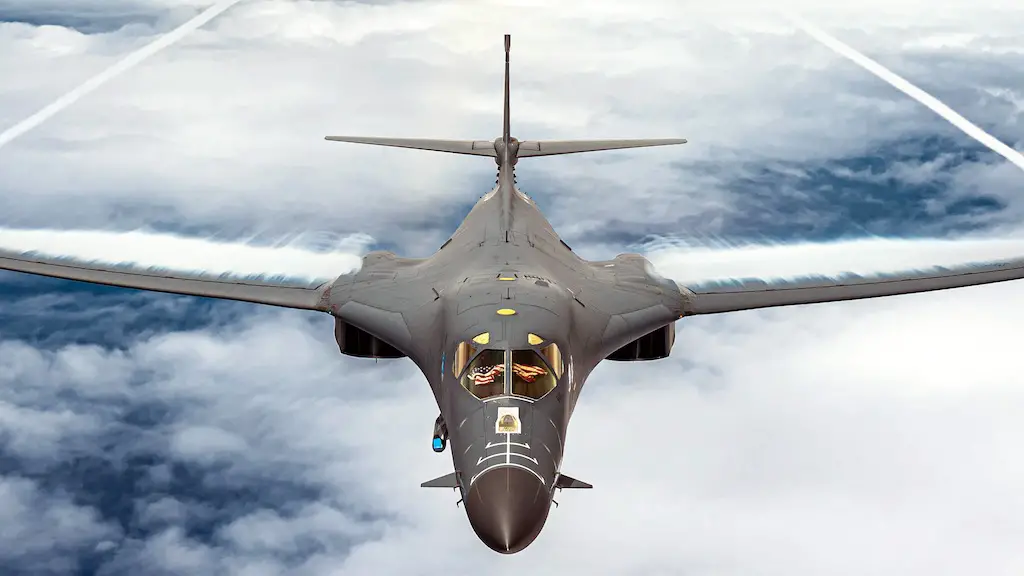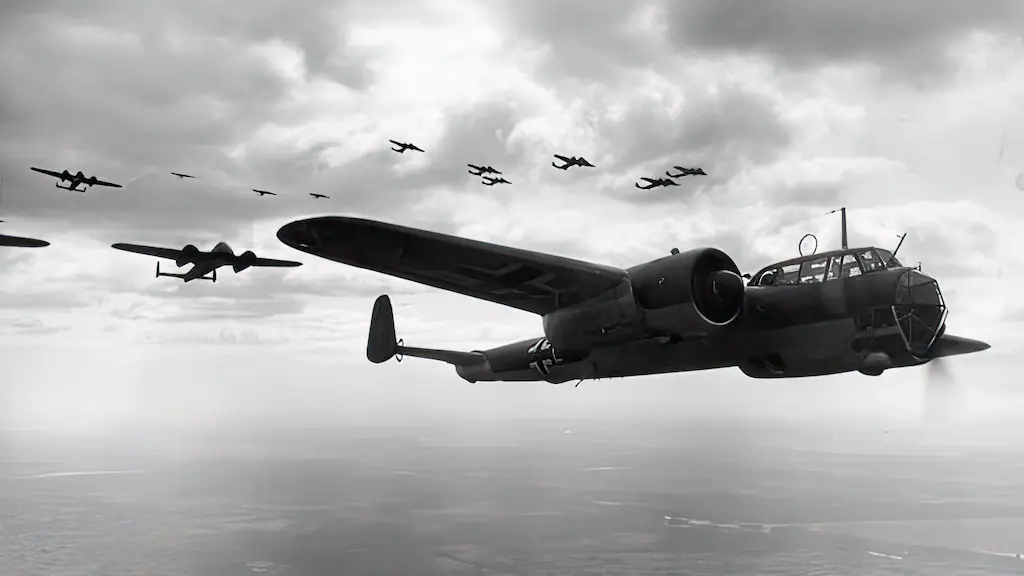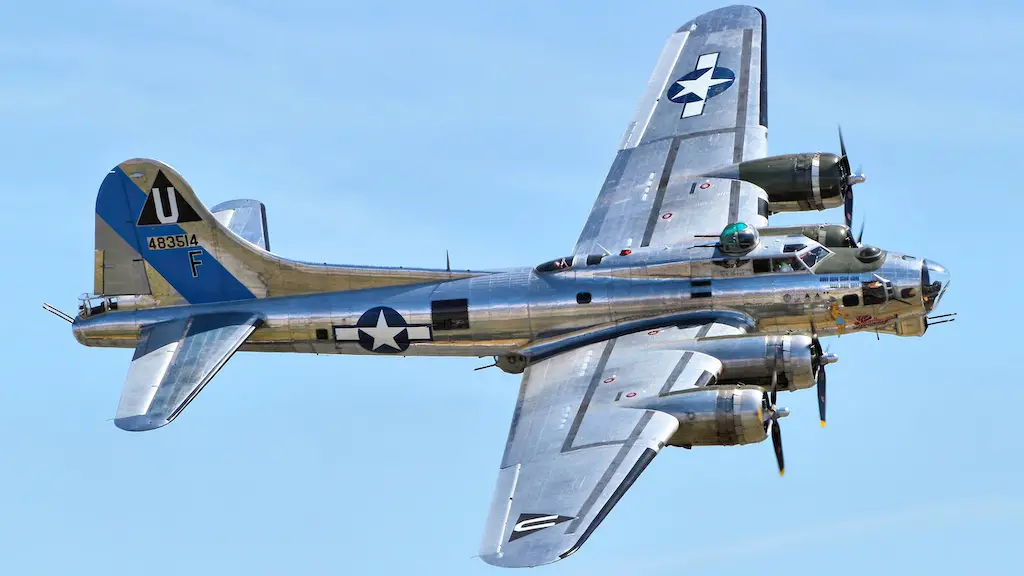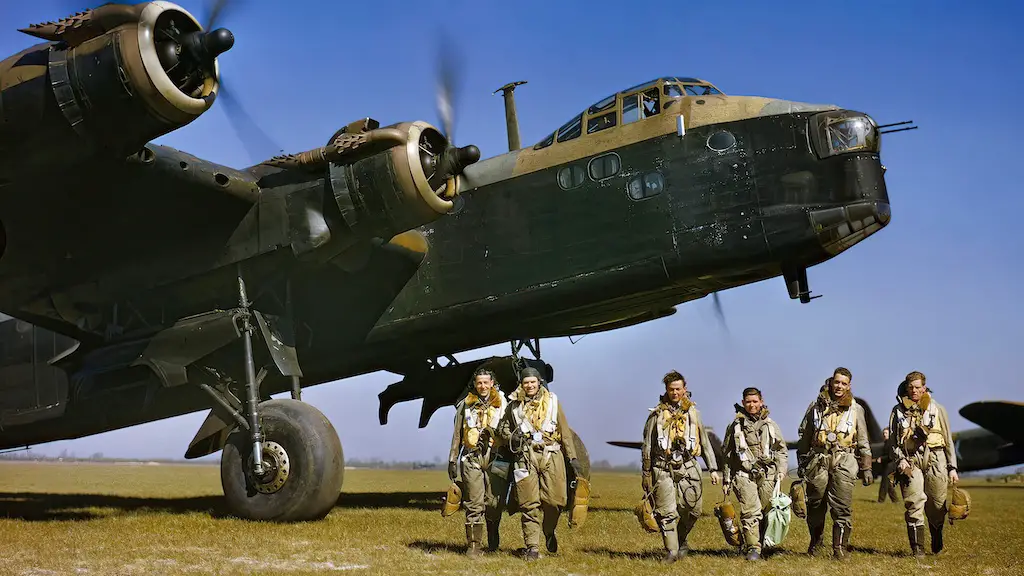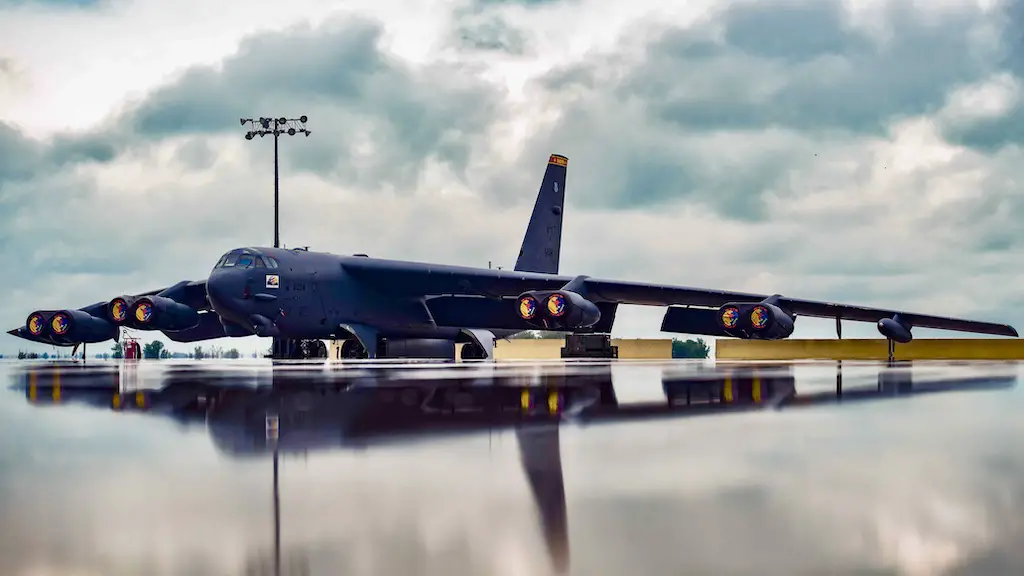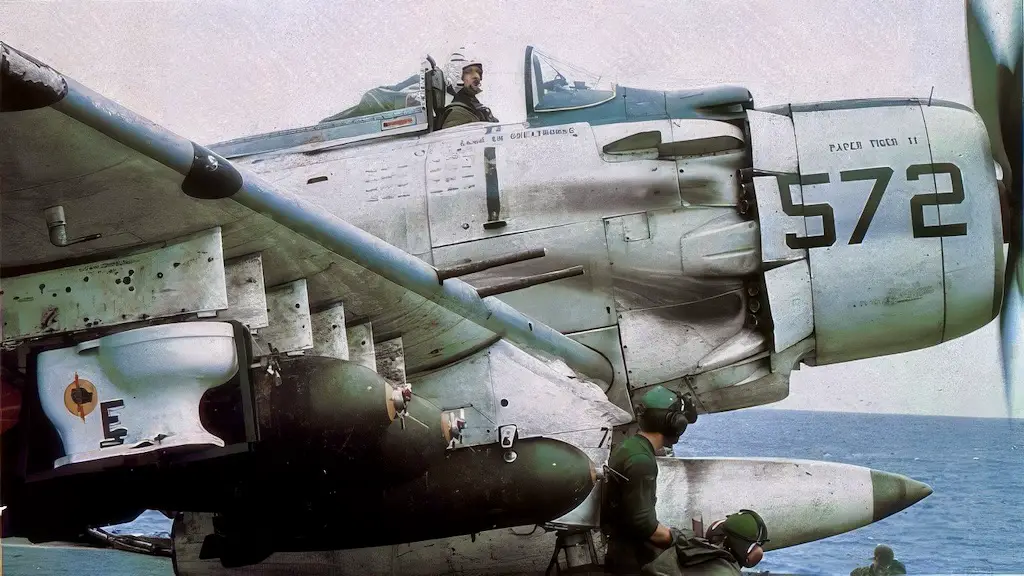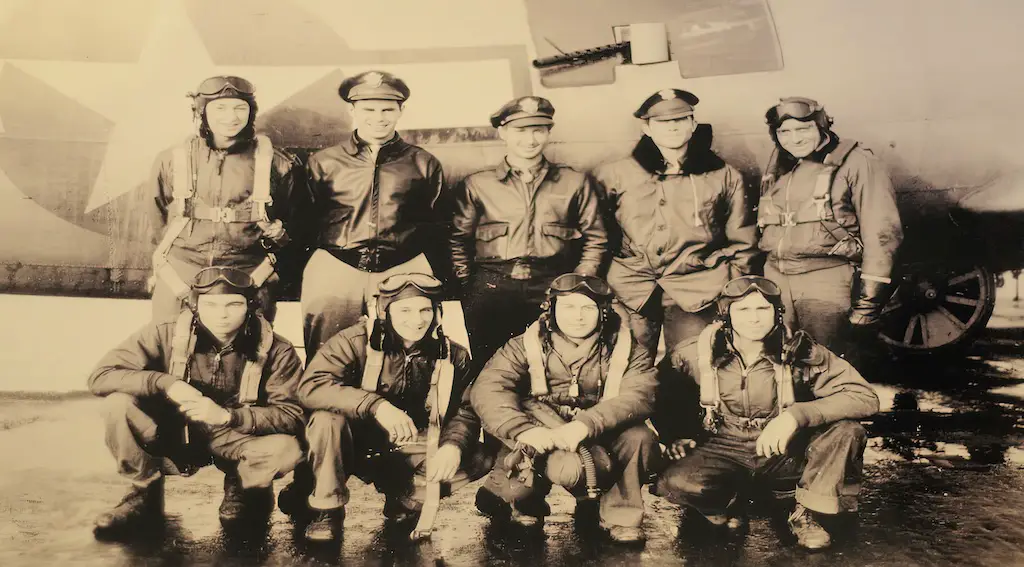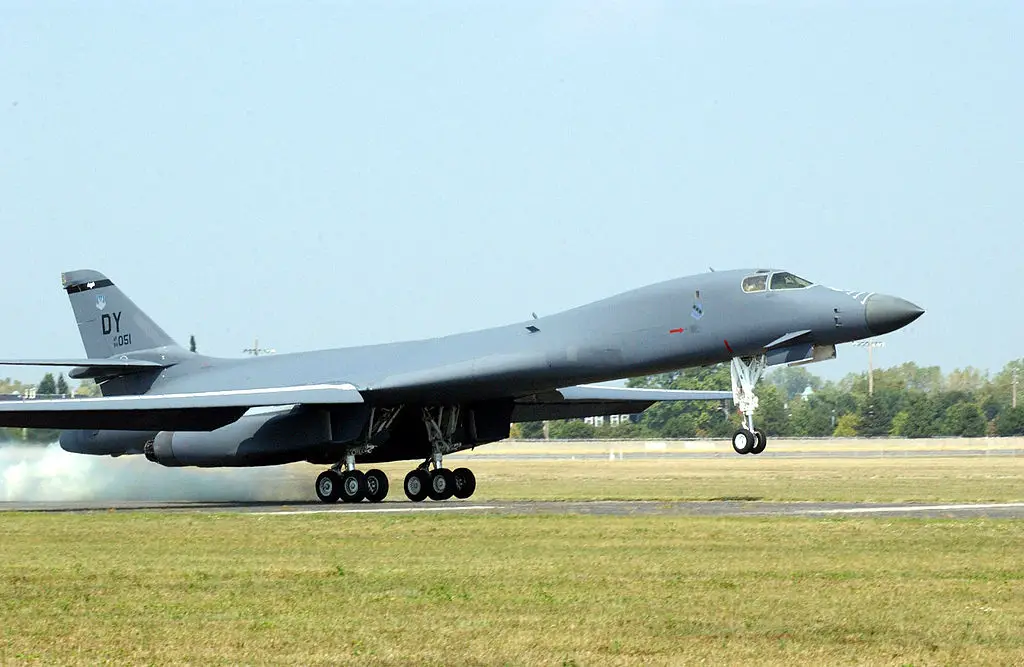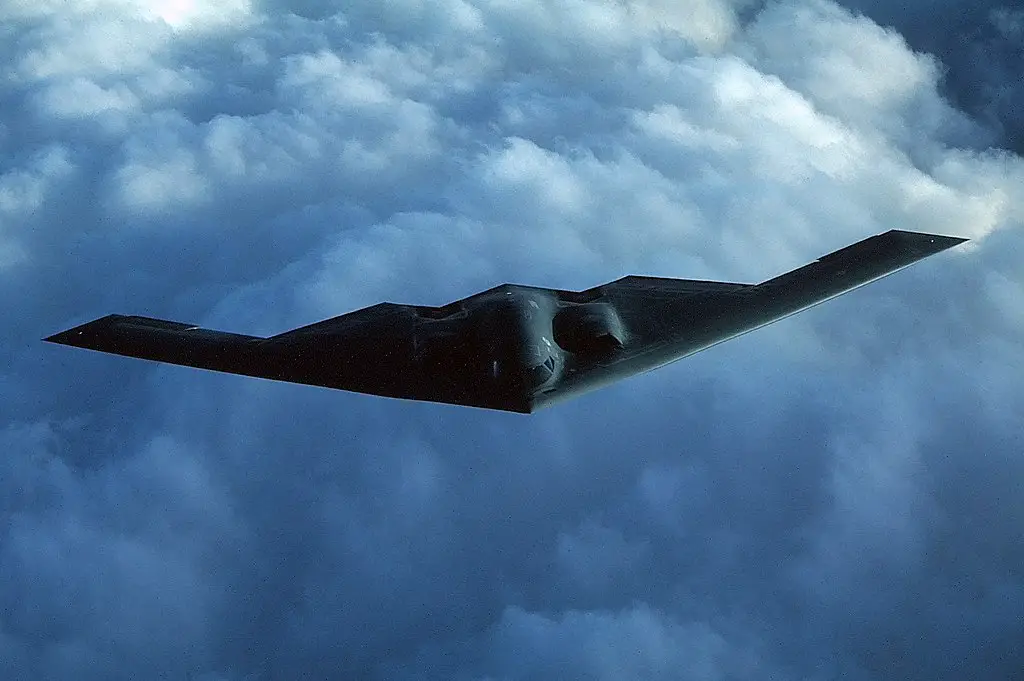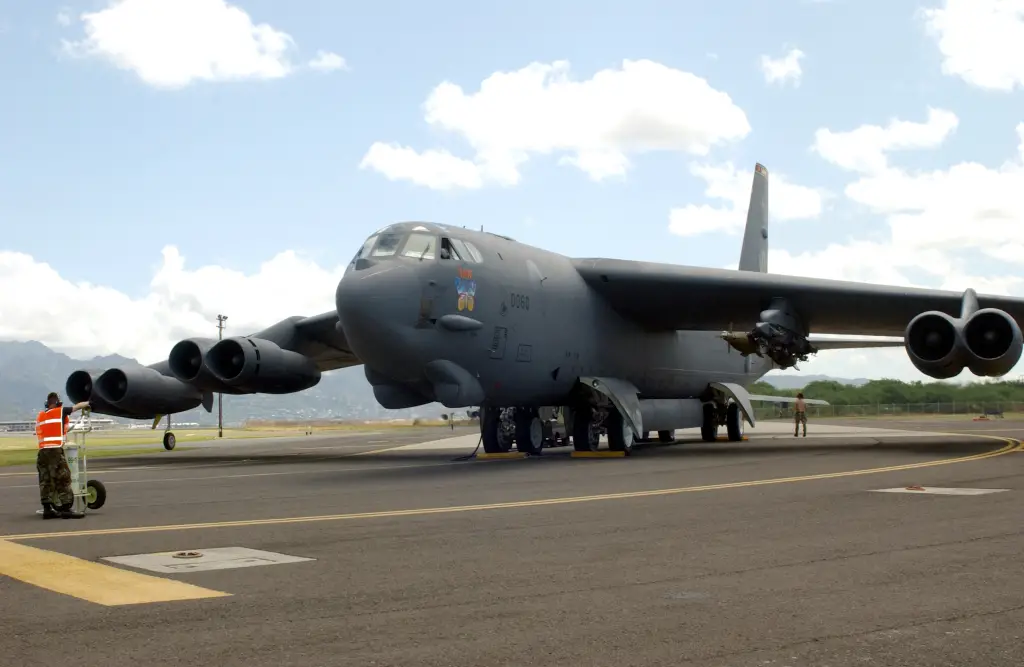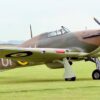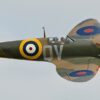The Bone
The B-1 Lancer or the “Bone” (from “B-One”) as it is known is one of three strategic bombers serving in the U.S. Air Force fleet. It currently sits alongside with the B-2 Spirit and the B-52 Stratofortress. It symbolizes American strength, ingenuity, and determination. Developed by Rockwell International (now part of Boeing) for the United States Air Force, this supersonic strategic bomber embodies the spirit of American innovation and military excellence.
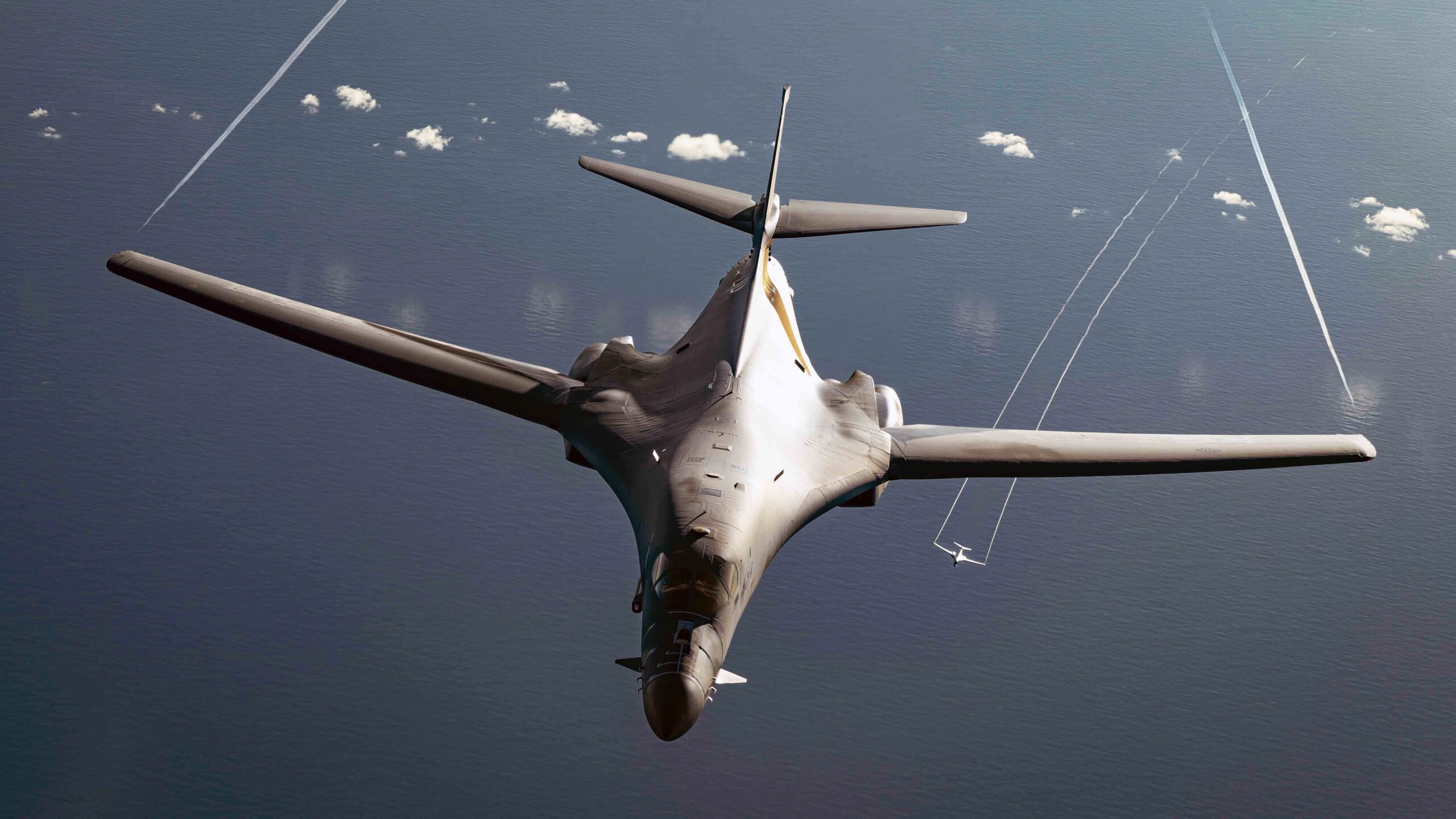
The Lancer’s distinctive, elegant appearance sets it apart from other military aircraft. The aircraft’s swept wings, smooth fuselage, and powerful engines give it a sleek and aerodynamic look. At the same time, its advanced technology and capabilities make it one of the most capable military aircraft in the world.
A bomber unlike any other
The B-1 Lancer was first introduced in the mid-1980s. Since then it has undergone several upgrades and improvements to keep it at the forefront of military technology. With its four General Electric F101-GE-102 turbofan engines, the B-1 can reach speeds of over Mach 1.25. That makes it one of the fastest bombers in the world. Its blended wing/body configuration, variable-geometry wings and turbofan afterburning engines, combine to provide long range, maneuverability and high speed.
Forward wing settings are used for takeoff, landings, air refueling and in some high-altitude weapons employment scenarios. Aft wing sweep settings, the main combat configuration, are typically used during high subsonic and supersonic flight.
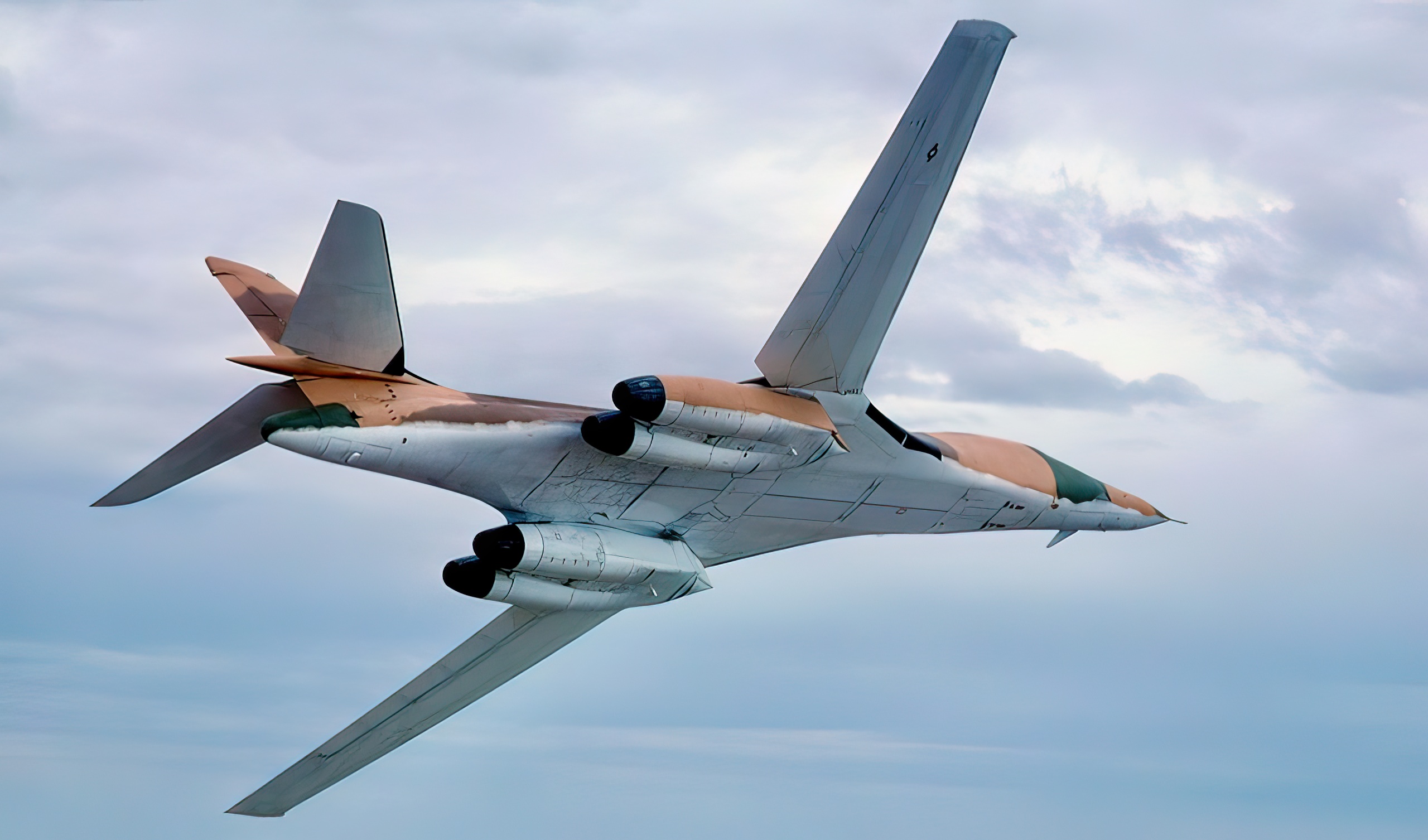
Variety of ordnance
The B-1’s weapons systems are one of its most impressive features. It can carry a wide variety of ordnance, including air-to-air missiles, air-to-ground missiles, and bombs. The B-1 is also equipped with a sophisticated electronic countermeasures system to detect and evade incoming enemy fire. This system is so effective that the B-1 has been called “the most survivable bomber in the world.”
In addition to its impressive speed and weapons systems, the B-1 also has a large and versatile interior. Its bomb bay can carry up to 84 500-pound bombs or a combination of bombs and other ordnance. The B-1B is also capable of carrying a variety of reconnaissance and surveillance equipment, allowing it to gather intelligence on enemy positions and movements.
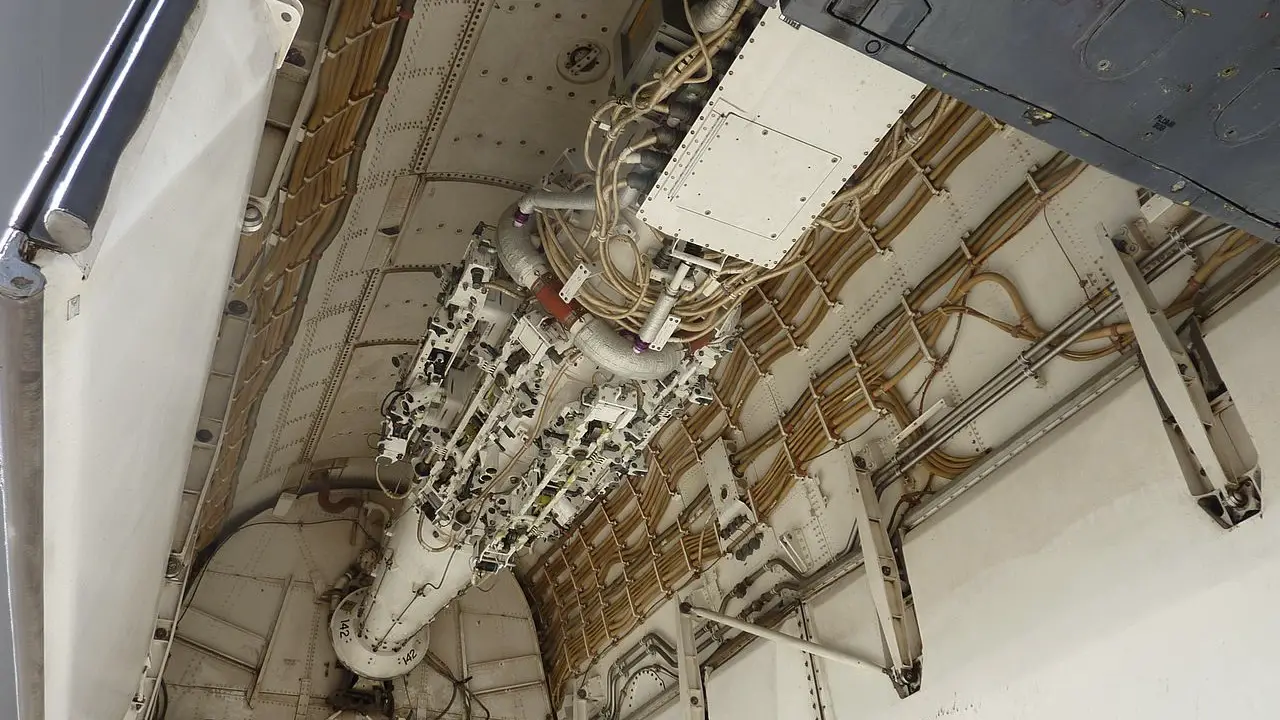
The sleek design
The sleek design results from extensive research and testing aimed at creating an aircraft capable of reaching high speeds and performing complex maneuvers. The aircraft’s shape and structure were optimized using computer simulations and wind tunnel tests, and the design was carefully refined to minimize drag and improve performance.
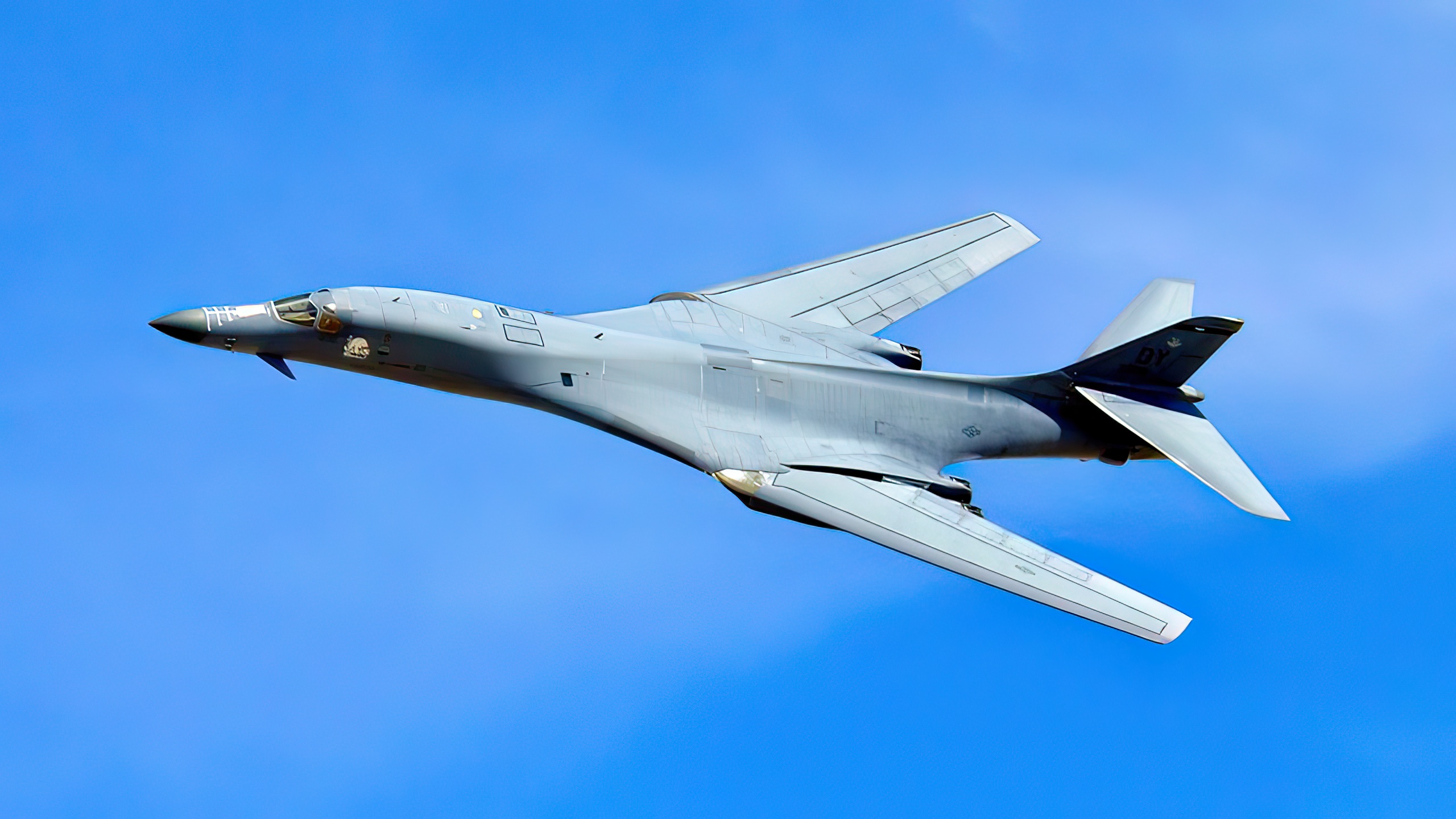
The B-1’s exterior is smooth and unadorned, with a clean, aerodynamic profile. The aircraft’s engines are integrated into the wings, providing a seamless transition from the fuselage to the wings and minimizing the drag that would normally be associated with engine nacelles.
The B-1’s sleek design is not just for show. It is an essential component of the aircraft’s performance and capability. The aerodynamic shape of the aircraft, combined with its powerful engines and advanced flight control systems, allows it to reach high speeds and easily perform complex maneuvers.
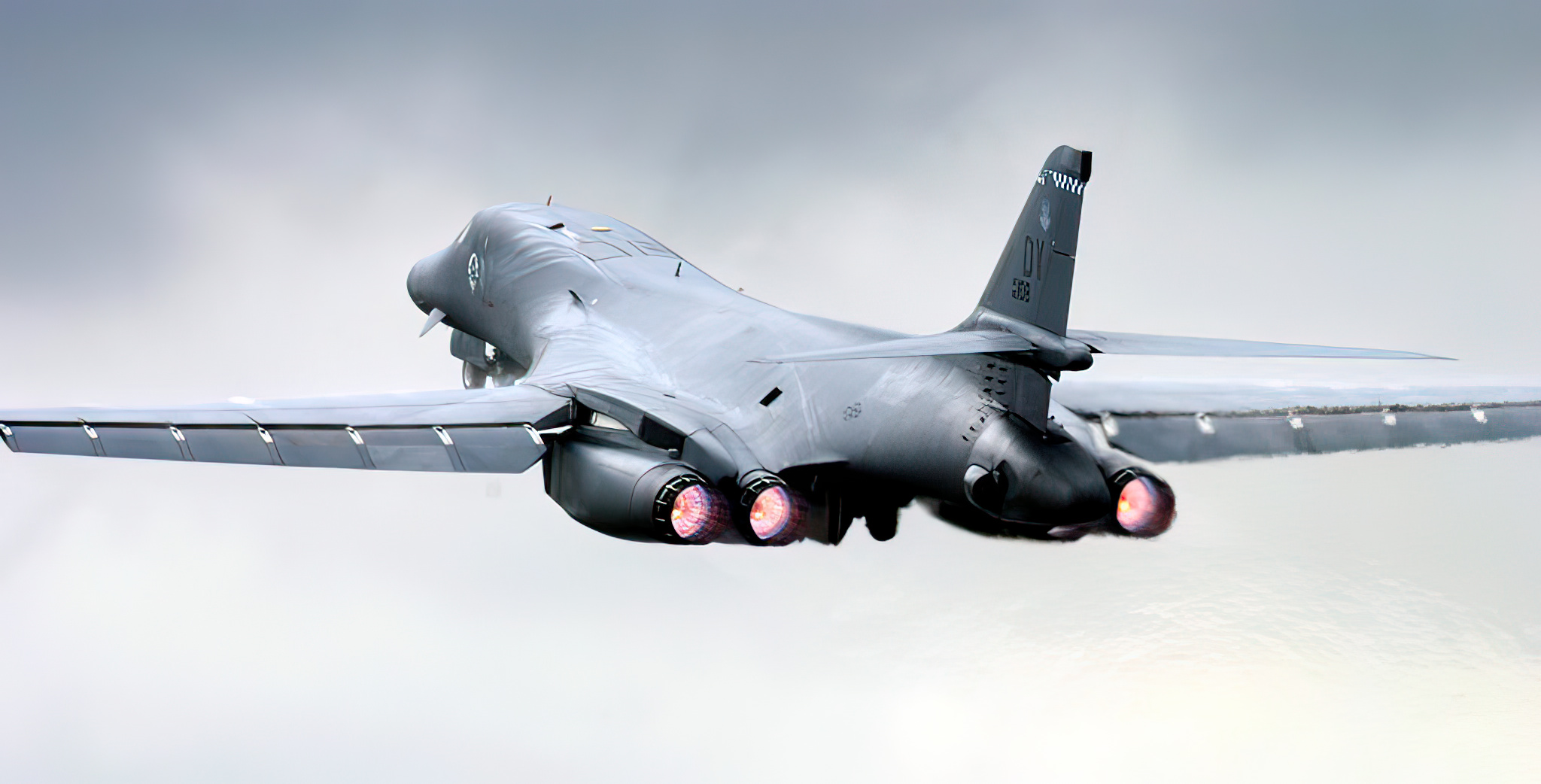
Operational history
The B-1 Lancer has been involved in several significant military operations throughout its history, including Operation Desert Storm, Operation Allied Force, Operation Enduring Freedom, and Operation Iraqi Freedom.
More recently, during the fight against ISIS in Iraq and Syria, B-1’s have been used to strike key targets and provide close air support to ground troops. The B-1’s ability to carry a large payload of ordnance and its versatility makes it an ideal platform for supporting ground operations.
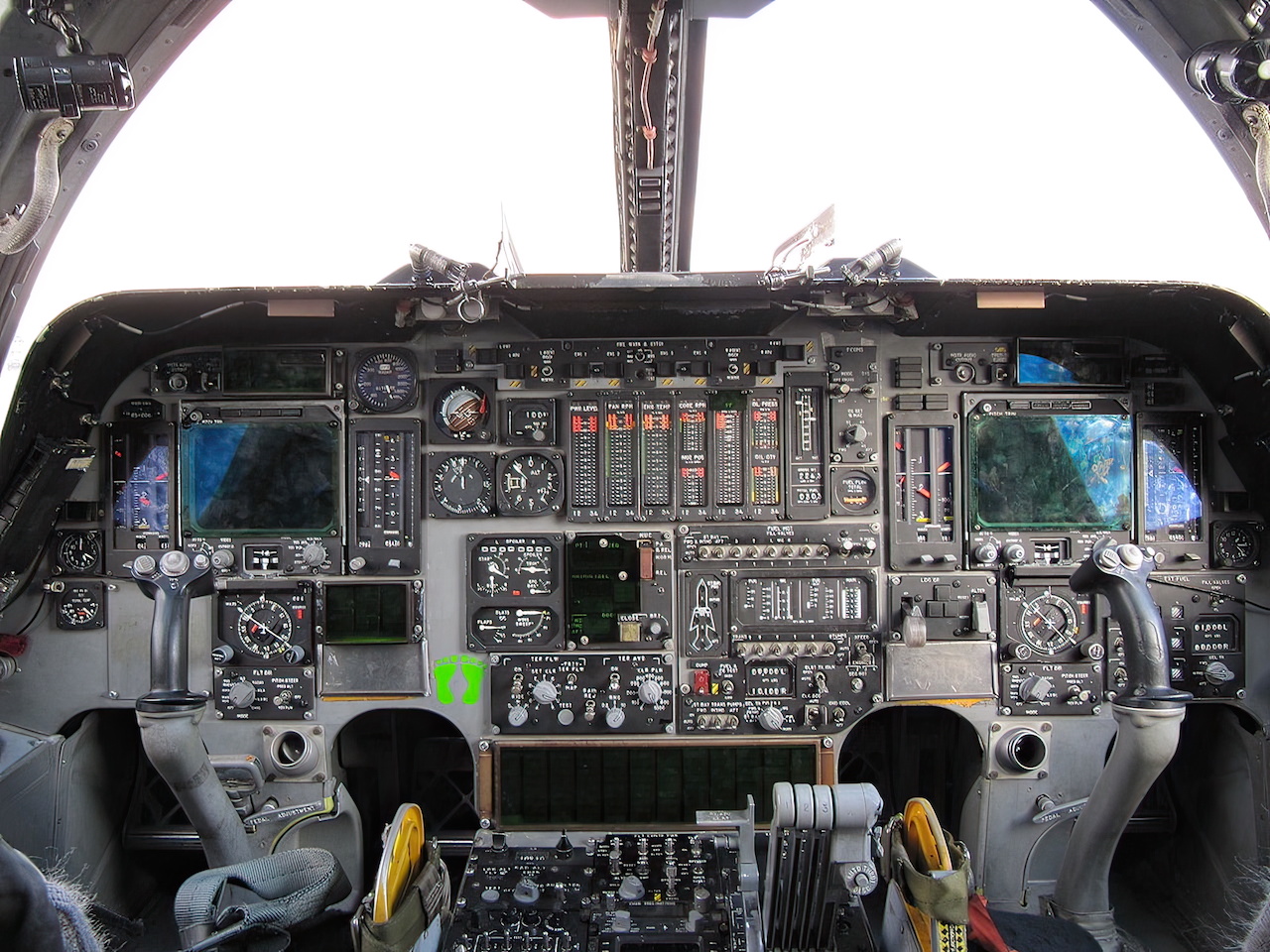
These operations have demonstrated the versatility and effectiveness of the B-1 Lancer. These have solidified its reputation as one of the world’s most capable and effective bombers. The B-1 has proven to be a valuable asset to the United States military. And it will continue to play a key role in future military operations.

